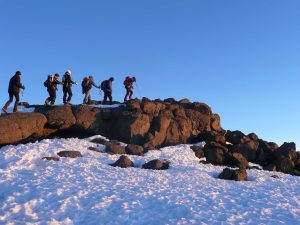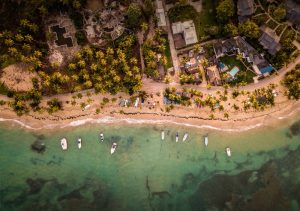Package Overview
Don’t you have enough time for Zanzibar? We got you covered! This package is for you if you only have 2 days and want to know and explore Zanzibar. Package includes Hotel, round trip Airport transfers, and adventurous activities.
Accommodation:
- Mizingani Seafront Hotel, Stone Town
We optimized these activities to make sure you get to know Zanzibar even if you will not stay long here. In this package you will cover;
- Spice Farm Tour
- Prison Island with Snorkeling
- Stone Town with Shopping
Because the package includes Airport transfers; we will check on your flight’s timing, and then we decide together when to start the activities. Contact us on Whatsapp or Email to customize this package.
INCLUSIVE
EXCLUSIVE
INCLUSIVE
Package Included
- Accommodation
- Return airport to hotel transfers
- Full board meals
- Transport during excursions
- Entrances
- Drinking water while on excursions
- A professional driver/guide
- All Taxes and VAT
- Local SIM Cards
EXCLUSIVE
Package Excluded
- Visa and Insurances charges
- Any other meals than mentioned
- Any other tours other than mentioned above
- Personal nature like laundry, telephone calls
- International Airlines






